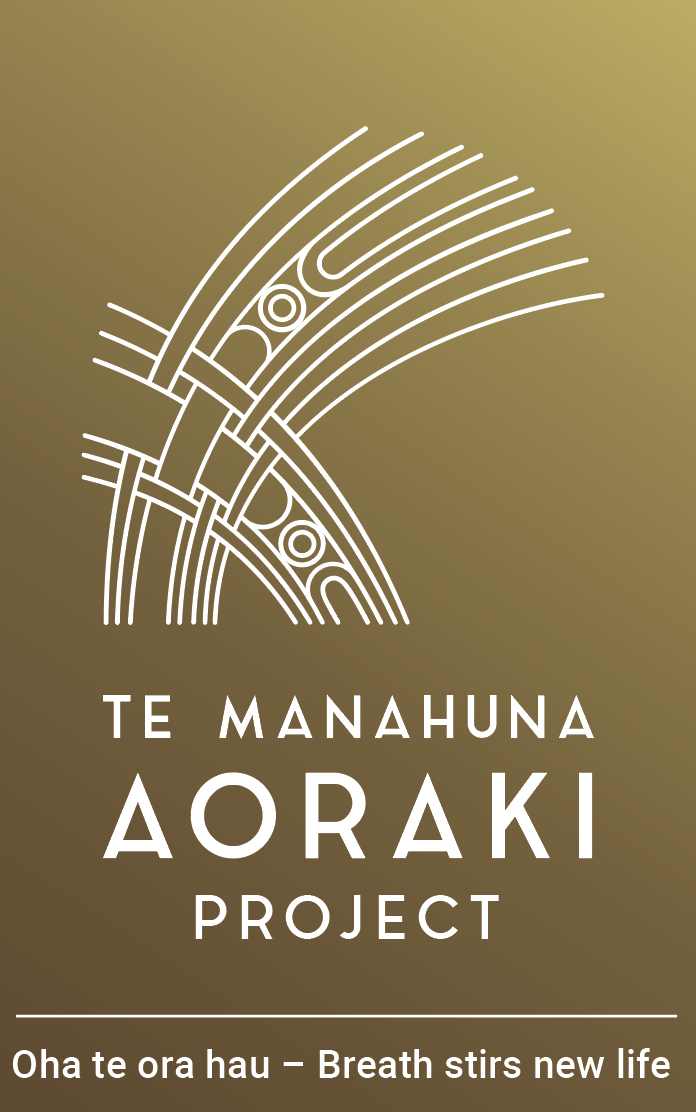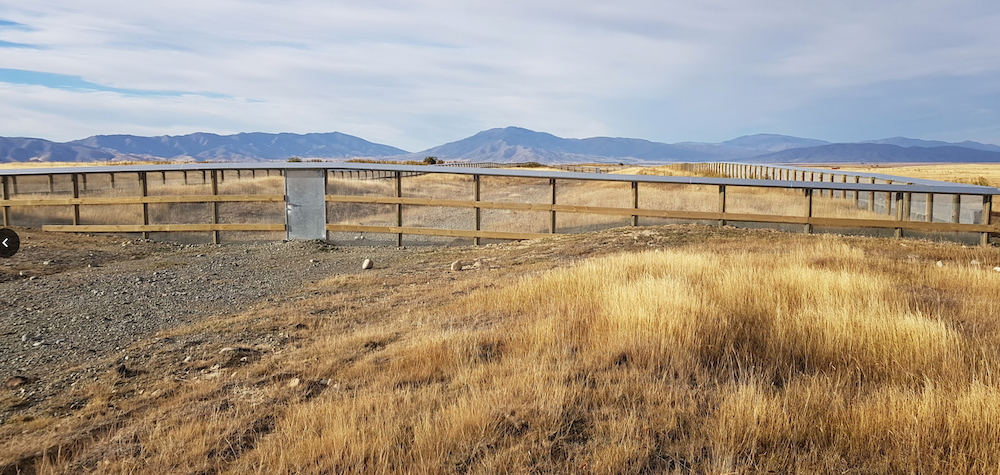Robust grasshoppers are found mostly around the MacKenzie Country’s isolated braided rivers, but one hardy population has found a home on a dusty, unused gravel road on conservation land near Tekapo.
It is believed to be the world’s first insect sanctuary, and it has been established to understand the insect better, and hopefully boost its numbers.
Robust Grasshoppers are a brown-grey colour, stoutly built and very well camouflaged in their natural environment. The adult females can grow up to 4cm long with males reaching half that size.
Unfortunately, they are also particularly smelly – which makes them an easy lunch for introduced pests such as hedgehogs and stoats, which hunt by smell.
Tara Murray, a senior lecturer from Canterbury University who oversees research at the sanctuary, said it was very difficult to determine how many grasshoppers there were in the wild because they were so hard to spot.
“The robust grasshopper is nationally endangered, so that is the same as yellow-eyed penguin and the kea which people already know.”
She said they were trying to determine why the grasshoppers were endangered, and whether the main threat to them was predators or their environment.
Dr Murray said the insects had a reputation as bad jumpers, which was unfair.
“They can actually jump and can jump really quite well when they are running away from you on a hot day and have lots of engery, but the big adult females particularly aren’t very good at landing – they tend to flop wherever they end up.”
The 6000sq m fenced pest proof sanctuary was set up in November 2018 on part of the large conservation area known as Te Manahuna Aoraki.
It was established around part of an already known population of the grasshoppers, which had taken up residence in the middle of a gravel road.
Dr Murray said it was not clear how the grasshoppers ended up based on the gravel road, but they thought it may have happened during the construction of a nearby Tekapo Hydroelectric canal.
Te Manahuna Aoraki area, which is about twice the size of Auckland, covers public and private land and is a joint venture between the Department of Conservation, local runanga, landowners, and the Next Foundation which funds environment and education projects.


